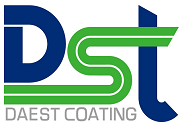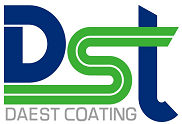Adhesive may be used interchangeably with glue, cement, mucilage, or paste, and is any substance applied to one surface, or both surfaces, of two separate items that binds them together and resists their separation. Adjectives may be used in conjunction with the word “adhesive” to describe properties based on the substance’s physical or chemical form, the type of materials joined, or conditions under which it is applied. The preparation of multifunctional films and coatings from sustainable, low-cost raw materials has attracted considerable interest during the past decade. In this respect, cellulose-based products possess great promise due not only to the availability of large amounts of cellulose in nature but also to the new classes of Nano sized and well-characterized building blocks of cellulose being prepared from trees or annual plants. For a layer subject to uniform boundary conditions of displacement at the adhering surfaces, the stress fields at distances greater than about five layer thicknesses from the free surfaces are uniform. The stress field throughout the layer is uniquely determined by the stresses in the uniform stress region. If the stress field is expressed by functions of reduced coordinates of position, obtained by dividing the Cartesian coordinates by the layer thickness, these functions are for practical purposes independent of the aspect ratio or the thickness. Pressure-free Cu nanoparticle bonding between two Cu plates with an Ag adhesive layer was examined. Insertion of the Ag adhesive layer considerably enhanced the bonding strength at firing temperatures between 523 K and 673 K. The bonding strength generally increased with the firing temperature. The strength enhancement of the Ag adhesive layer was observed even for a very thin (3 nm) Ag layer, and there was no obvious dependence of the thickness of the Ag layer on the bonding strength for Ag layers of thickness up to 200 nm. Ag atoms from the adhesive layer diffused away to the bonding layer with an increase in the firing temperature. The elemental mapping images showed that the Ag had two morphologies: thin Ag layers existing between particulate Cu grains, and fine Ag particles dispersed in coarse Cu crystals. The microstructure near the interface between the Cu nanoparticle bonding layer and Cu plate used as the substrate suggests that the enhancement effect of the Ag layer originates in the active migration of the Ag layer itself.


